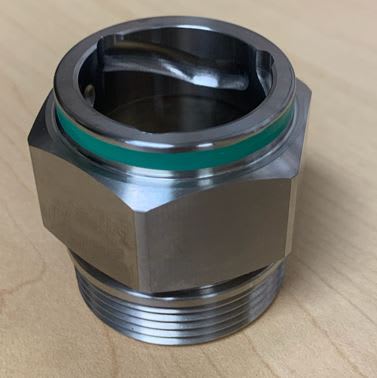quizzical1
Mechanical
Hi All,
Looking for an automated machine that can paint a stripe on a 2” diameter pipe x 3” long via rotation 360 degrees.
Preferably automated so it can be loaded via a 3 jaw chuck and press a button while worker builds the next assembly.
TIA
Q~
Looking for an automated machine that can paint a stripe on a 2” diameter pipe x 3” long via rotation 360 degrees.
Preferably automated so it can be loaded via a 3 jaw chuck and press a button while worker builds the next assembly.
TIA
Q~

